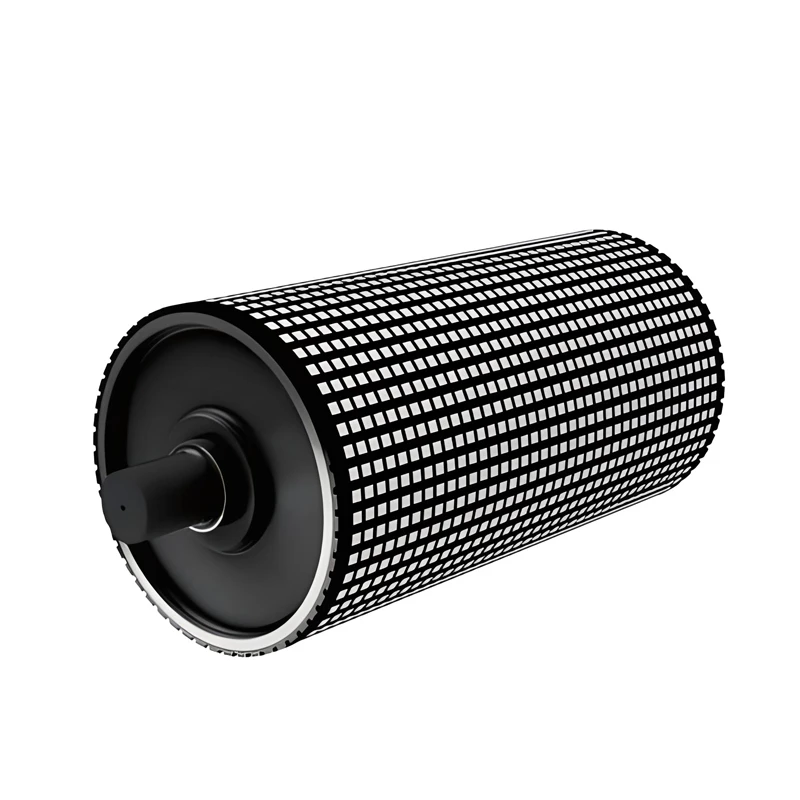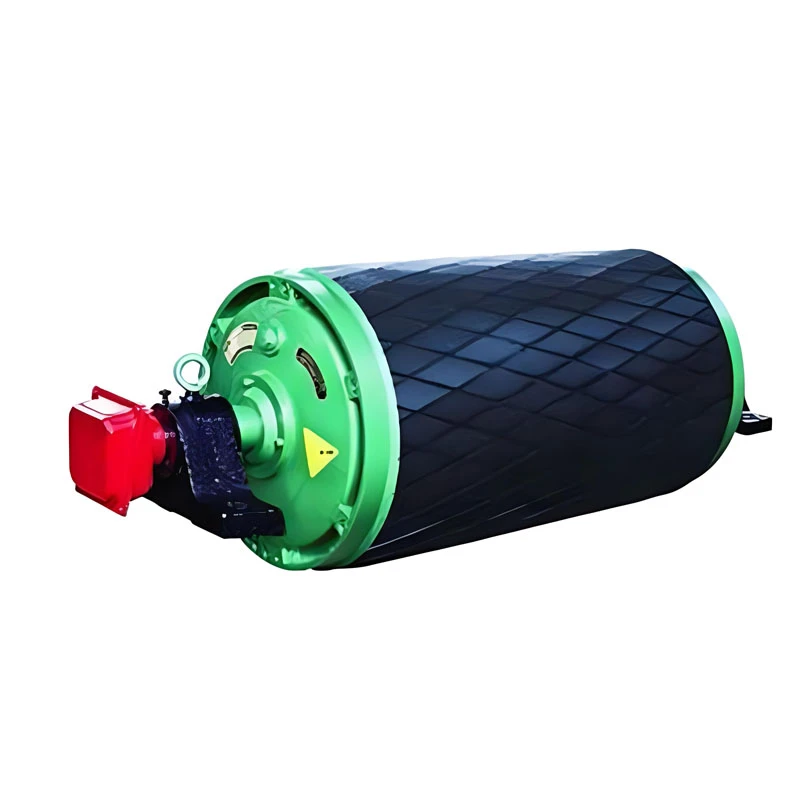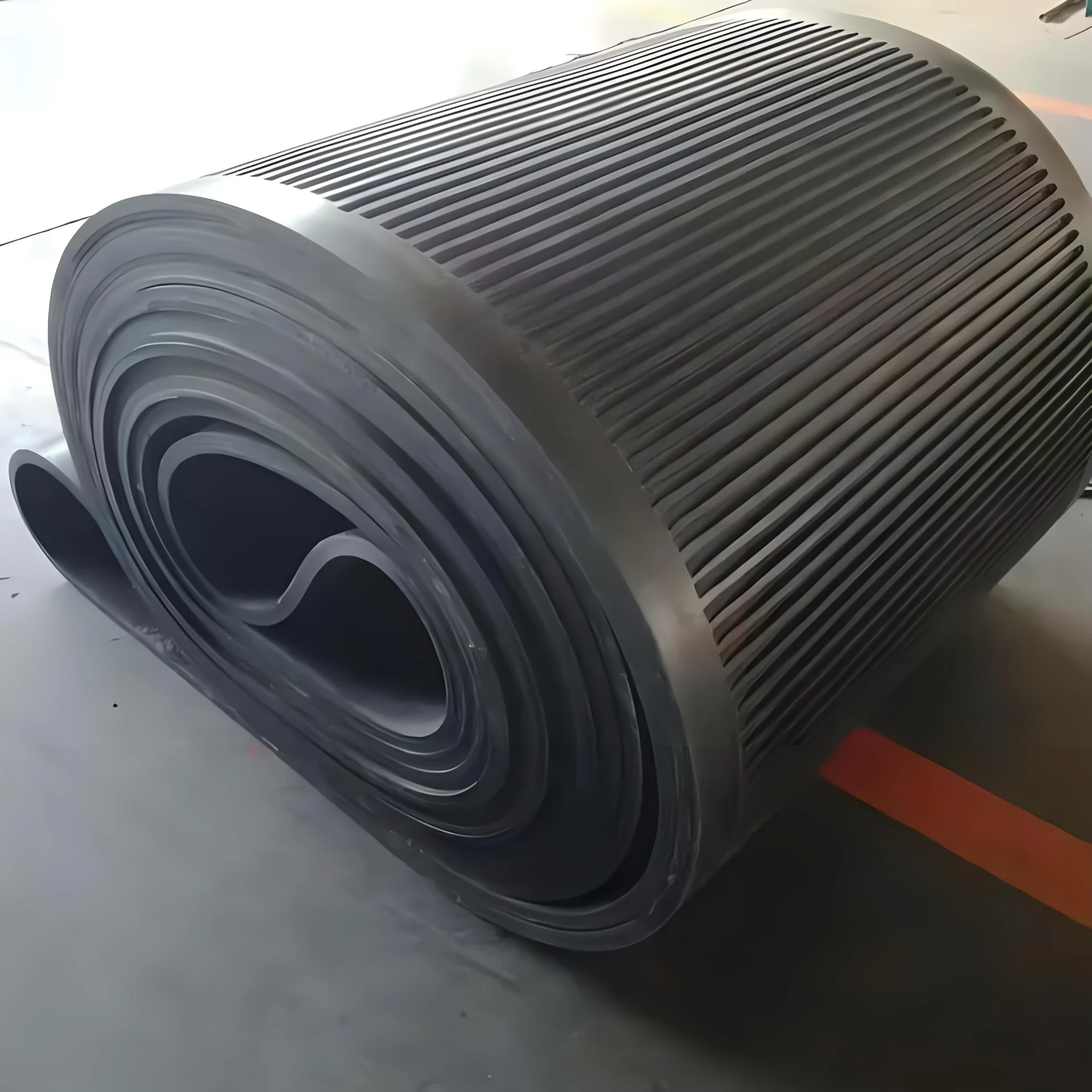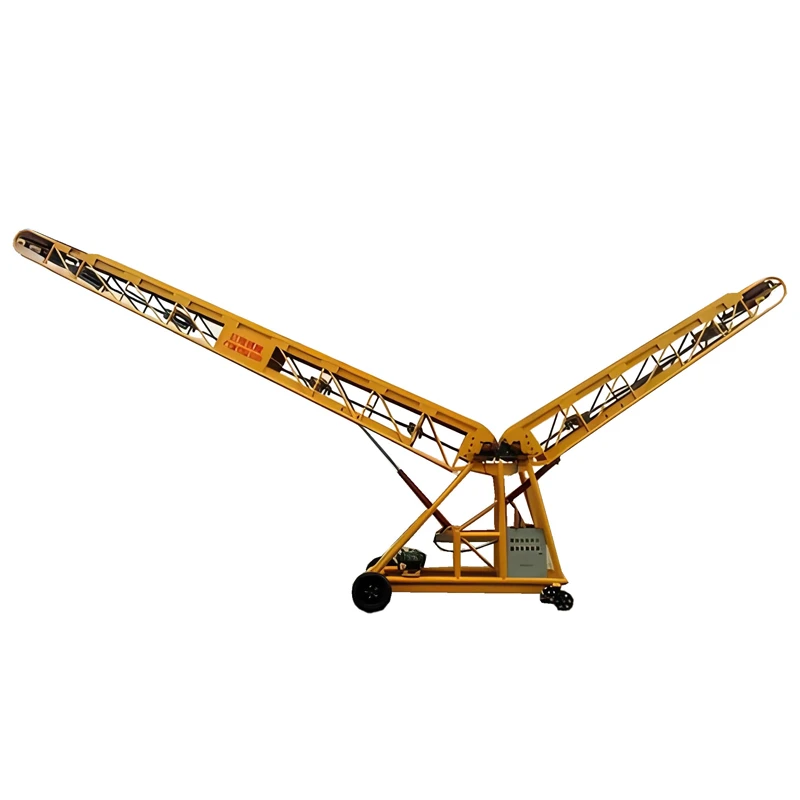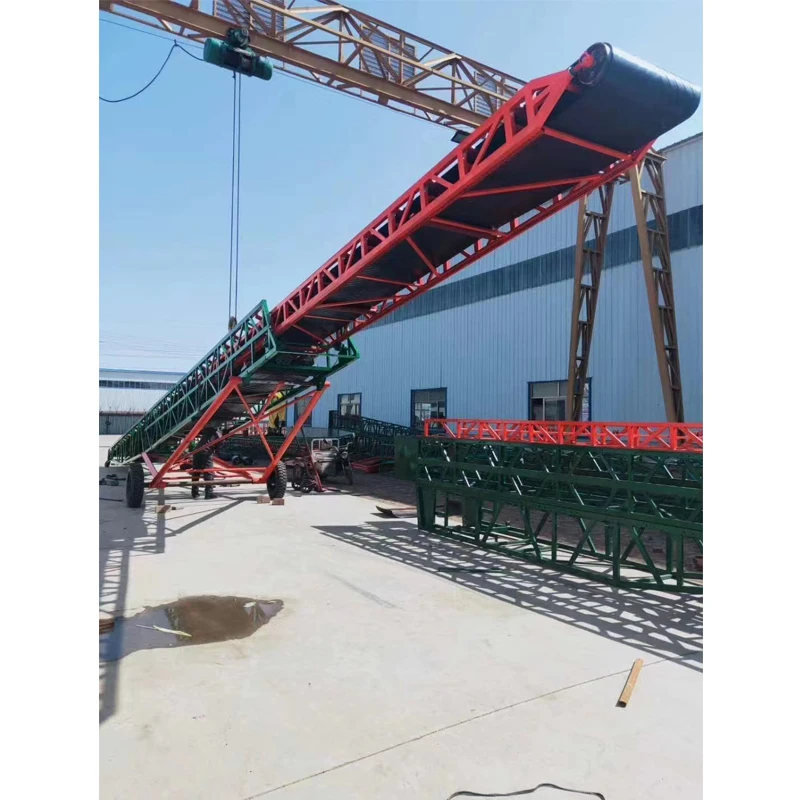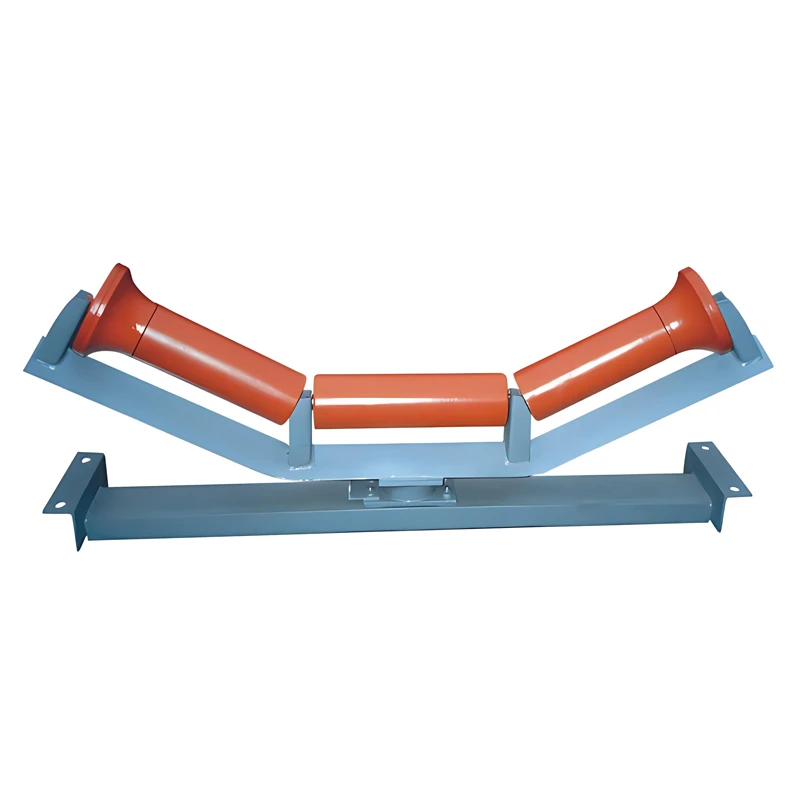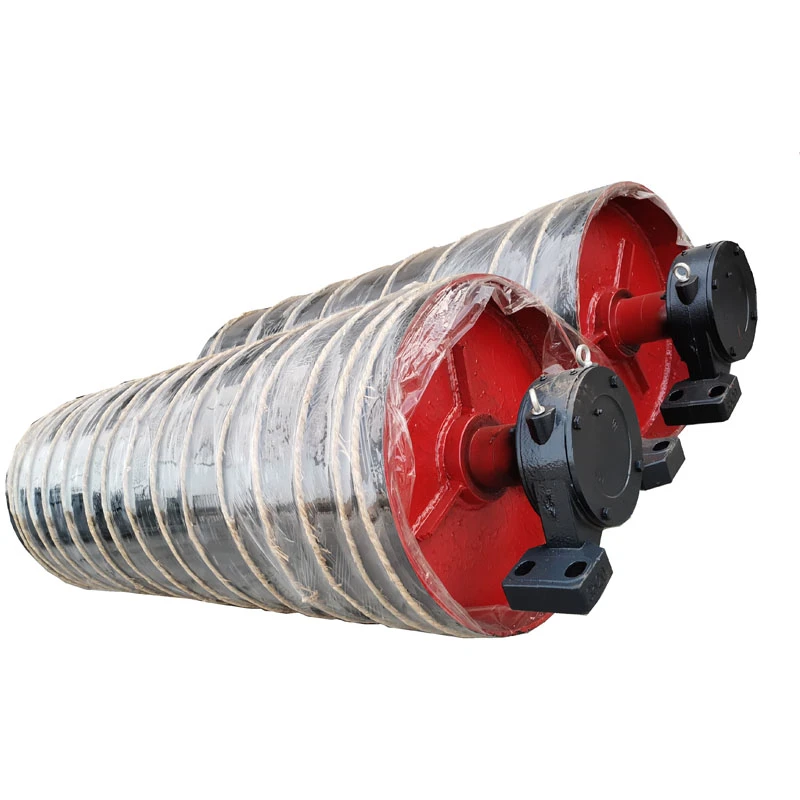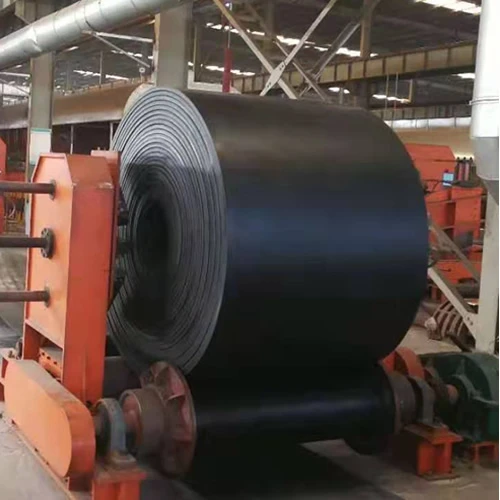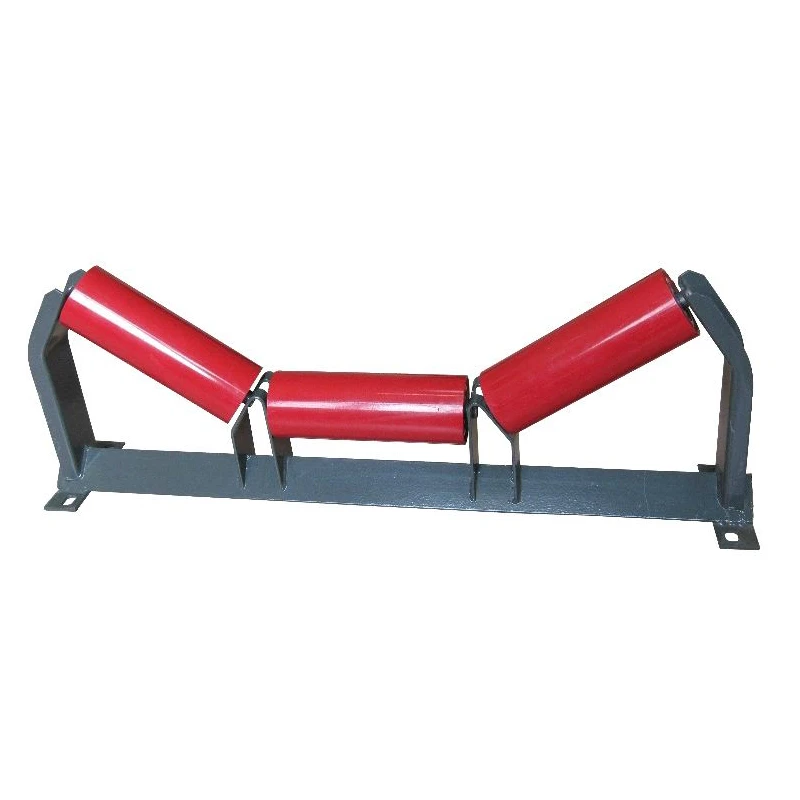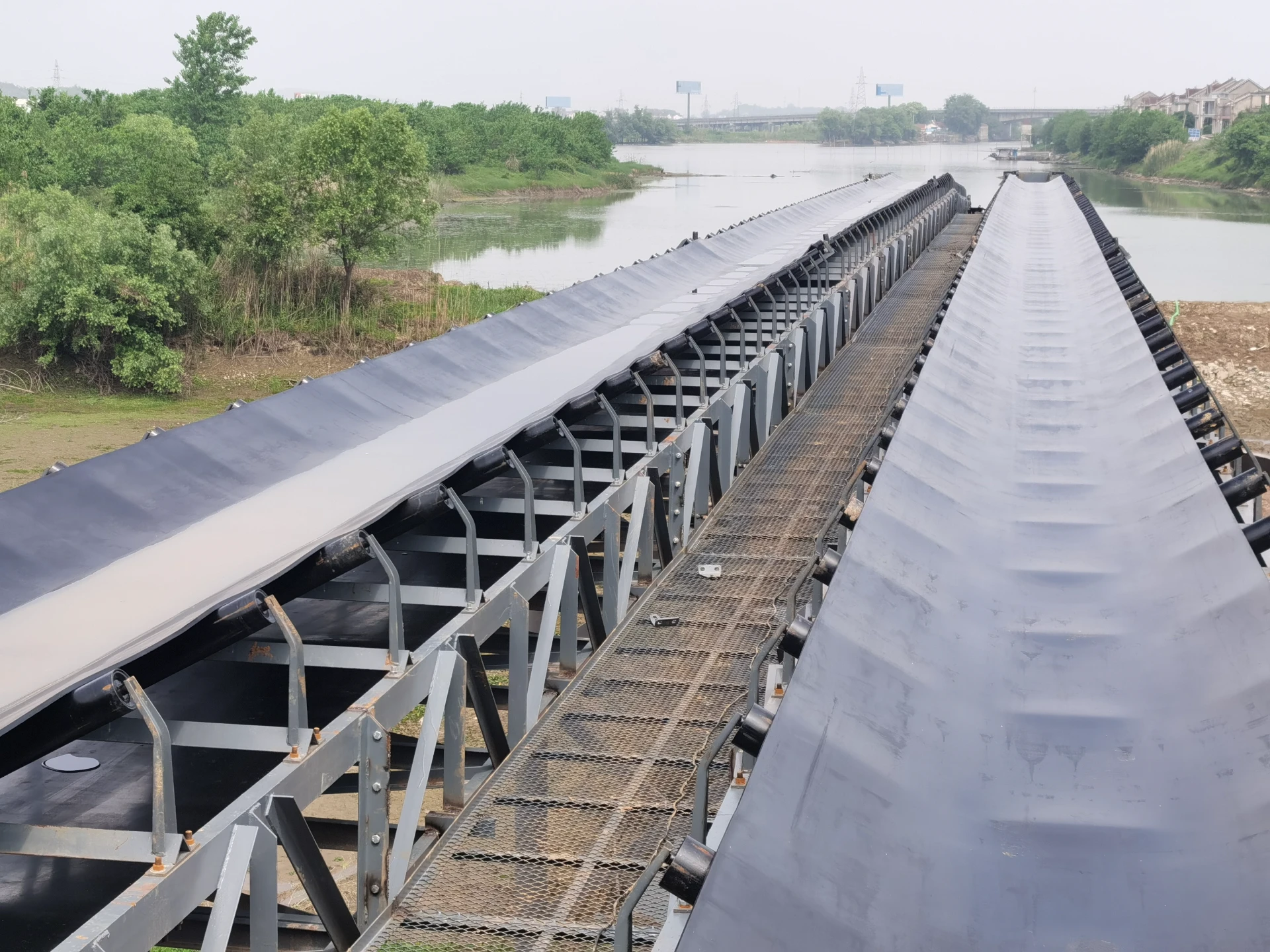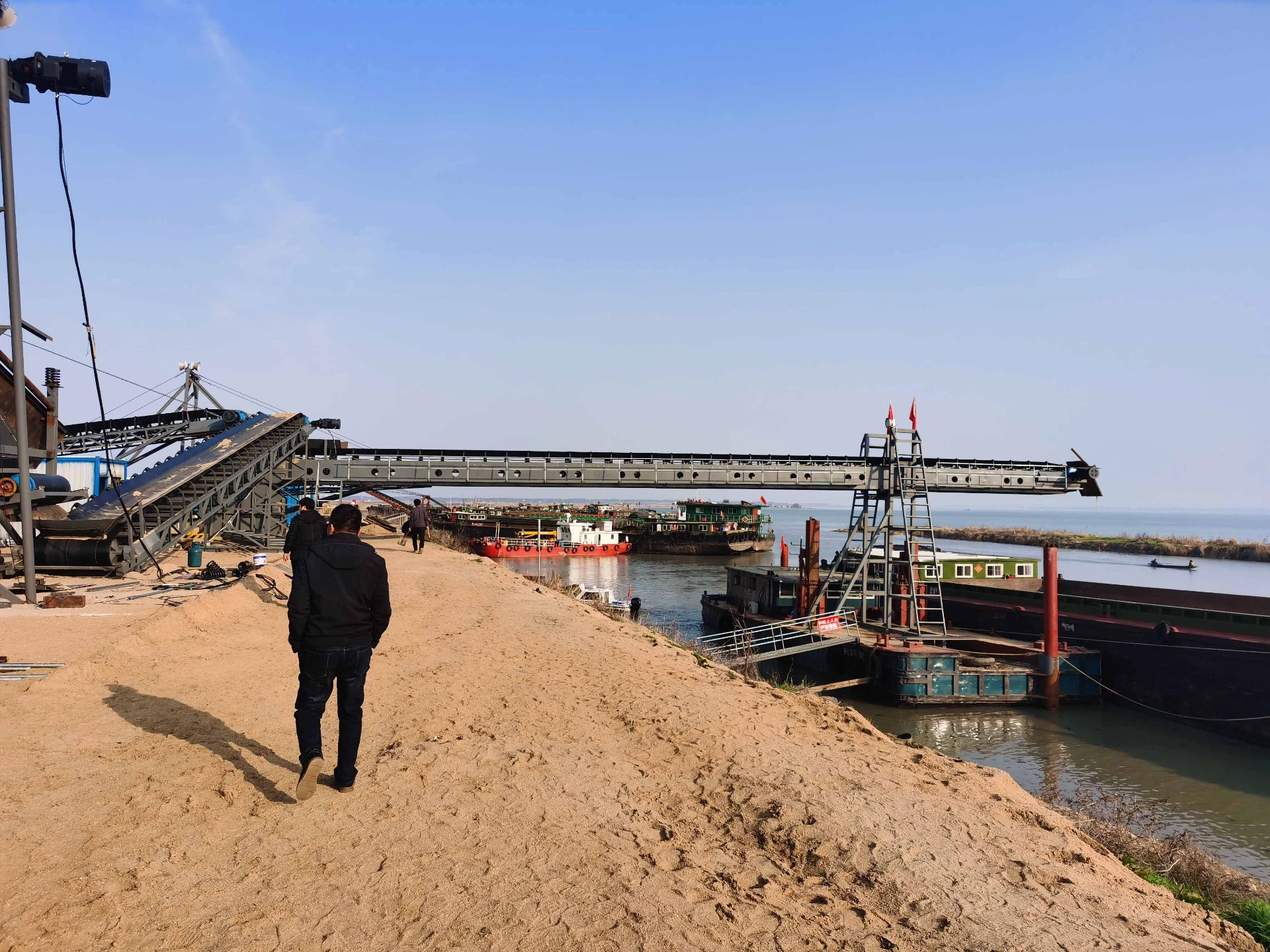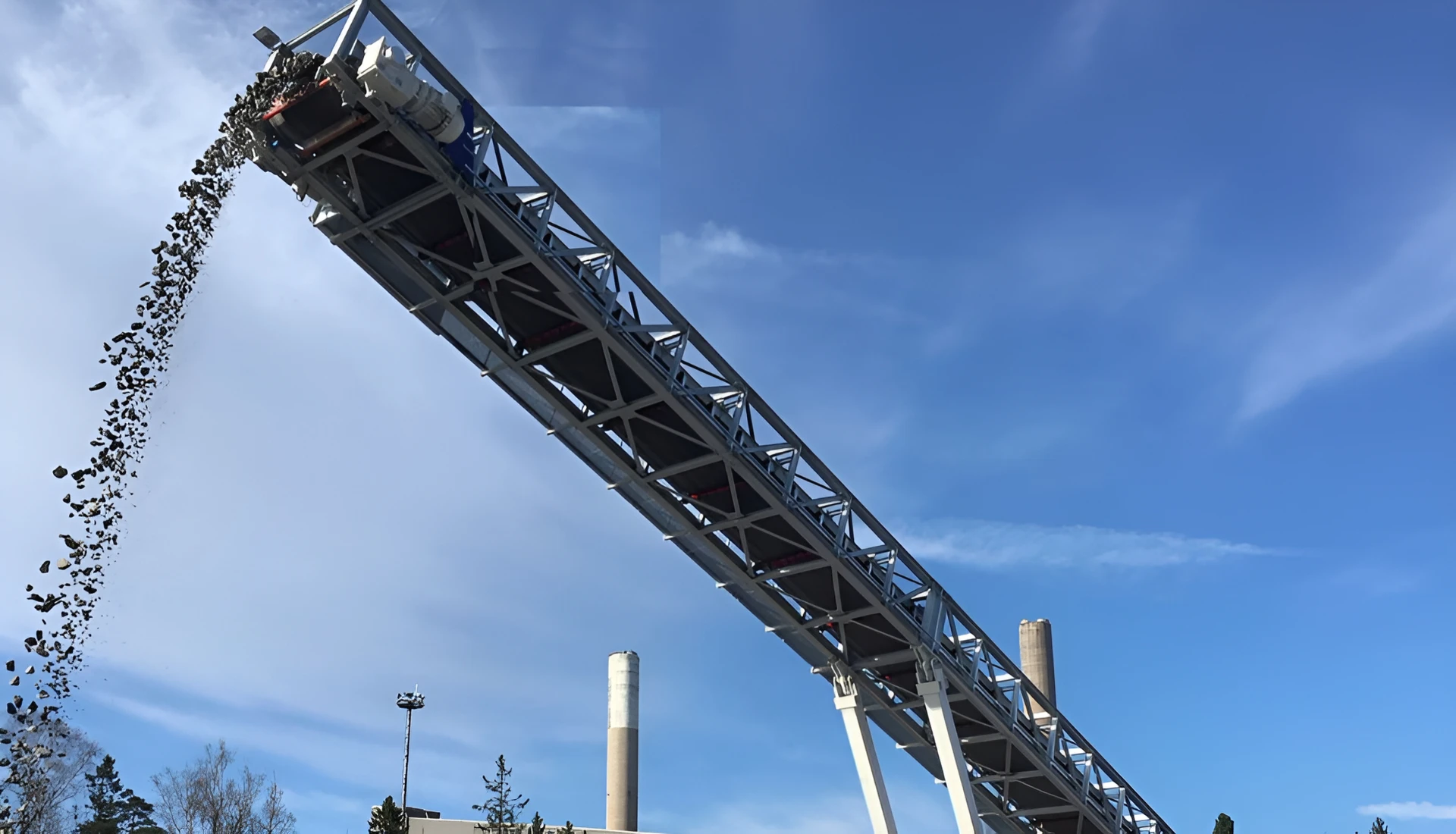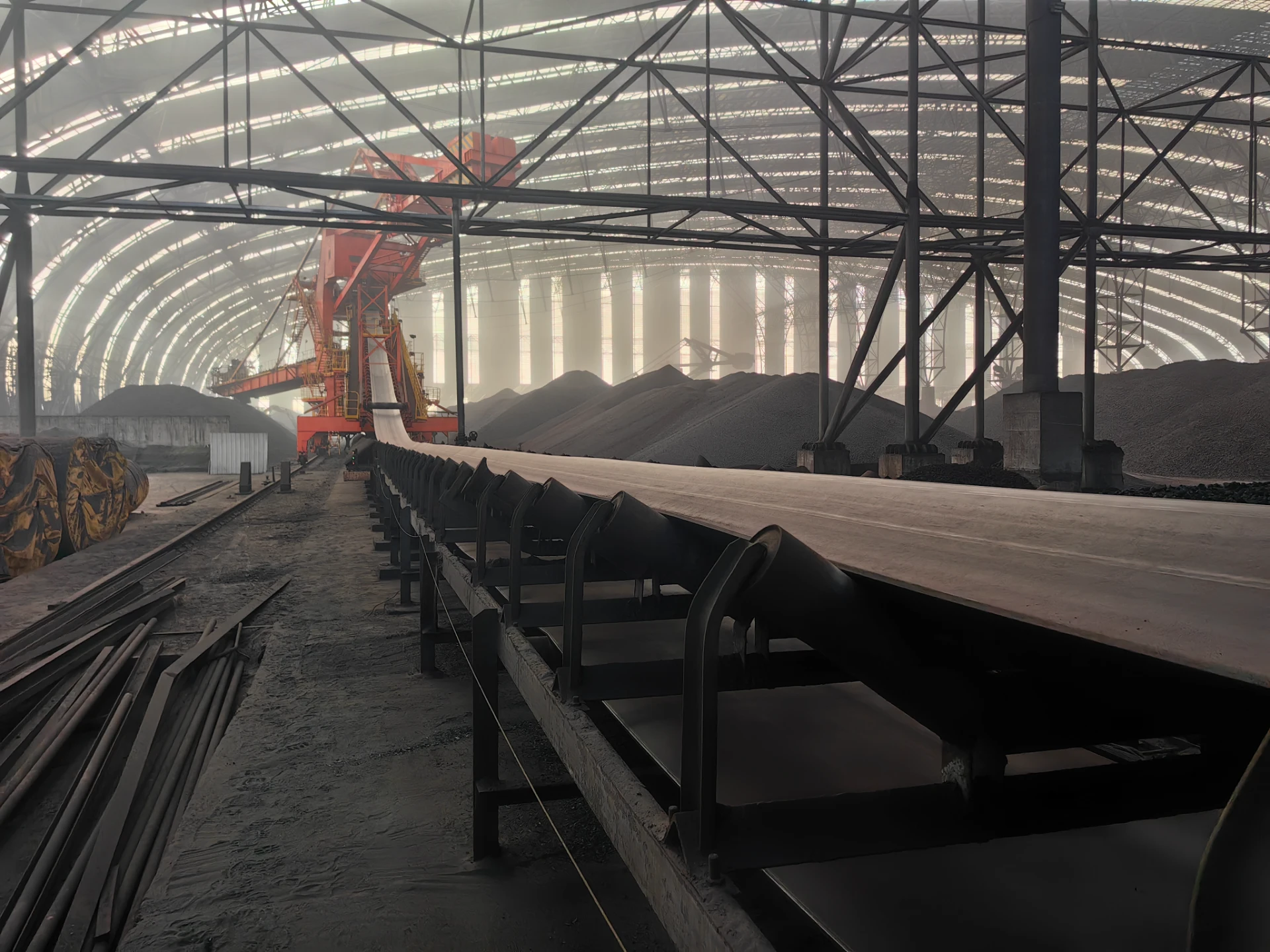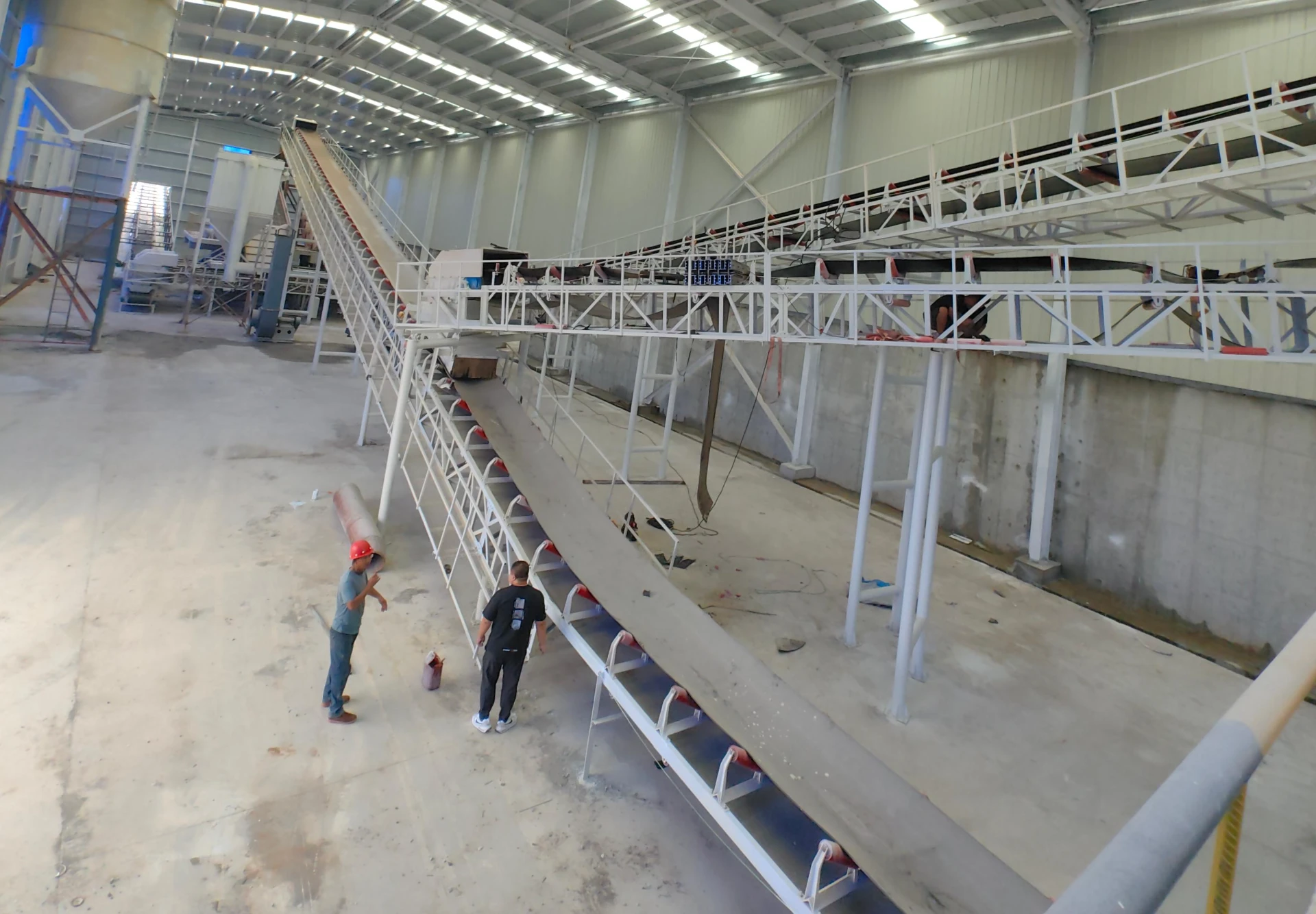The metallurgical industry relies heavily on conveyor belt systems to ensure the smooth and efficient handling of raw materials, processed ores, and finished metal products. From mining operations to steel production and metal processing, conveyors streamline material transport, reduce labor dependency, and enhance operational safety. Their ability to withstand extreme conditions—such as high temperatures, heavy loads, and abrasive materials—makes them a critical component in modern metallurgical facilities.
Conveyor Systems in Mining and Raw Material Transport
In mining operations, conveyor belts are the primary means of transporting extracted minerals, including iron ore, coal, bauxite, and copper, from excavation sites to processing plants. Instead of relying on trucks, which are costly and less efficient for bulk transport, mines use long-distance overland conveyors to move materials continuously. These systems reduce fuel consumption, lower emissions, and minimize road maintenance expenses.
Once the raw materials reach crushers and beneficiation plants, conveyor belts facilitate further processing by transporting crushed ore to smelters or storage yards. Heavy-duty belts with reinforced rubber and impact-resistant idlers ensure durability, even when handling sharp or abrasive materials. Some advanced systems incorporate automated weighing and moisture detection to optimize processing efficiency.
High-Temperature Applications in Steel Production
Steel plants present some of the most demanding environments for conveyor belts due to extreme heat and heavy loads. Specialized high-temperature-resistant belts are used to transport hot materials such as sinter, pellets, coke, and slag. These belts are constructed with heat-resistant alloys, ceramic coatings, or flame-retardant materials to prevent degradation and ensure continuous operation.
For example, in blast furnace operations, conveyors transport iron ore and coke to the furnace charging system, maintaining a steady flow of raw materials. Similarly, in steel rolling mills, hot-rolled metal sheets and coils are moved along cooling conveyors before further processing. The automation of these processes reduces manual labor, minimizes heat exposure risks for workers, and enhances production consistency.
Metal Processing and Finished Product Handling
Beyond raw material transport, conveyor systems play a vital role in metal processing plants, where they move scrap metal, ingots, and semi-finished products between different production stages. Magnetic conveyors are particularly useful in separating and transporting ferrous scrap, ensuring efficient recycling and reuse in electric arc furnaces (EAFs).
In rolling mills, conveyors transport metal billets through casting, rolling, and finishing lines, maintaining precise alignment and reducing handling delays. Automated conveyor networks integrate with robotic arms and stacking systems to sort, package, and store finished products such as steel coils, aluminum sheets, and metal bars. This automation enhances precision, reduces material damage, and optimizes warehouse space utilization.
Enhancing Safety and Efficiency
One of the most significant advantages of conveyor belts in metallurgy is the improvement in workplace safety. By minimizing manual handling of heavy and hazardous materials, they reduce the risk of injuries, such as strains, burns, and impact-related accidents. Enclosed conveyor systems further enhance safety by preventing dust emissions and spillage, which are common concerns in metal and mineral processing.
Additionally, modern conveyor systems incorporate predictive maintenance technologies, such as vibration sensors and AI-driven monitoring, to detect wear and tear before failures occur. This proactive approach reduces unplanned downtime, extends equipment lifespan, and ensures uninterrupted production.
Future Trends and Innovations
As the metallurgical industry evolves, conveyor technology continues to advance. Innovations such as energy-efficient belt designs, self-cleaning systems, and smart conveyors with IoT integration are becoming standard in modern plants. Some facilities are experimenting with hybrid conveyor-drone systems for inventory tracking and automated quality inspections.
Furthermore, sustainability initiatives are driving the adoption of eco-friendly conveyor materials and regenerative drive systems that recover and reuse energy. These advancements align with global efforts to reduce carbon footprints while maintaining high production efficiency.
Conveyor belts are a cornerstone of the metallurgical industry, enabling the efficient, safe, and cost-effective movement of materials at every stage—from mining and smelting to processing and distribution. Their ability to handle extreme conditions, integrate with automation, and adapt to evolving industry needs ensures their continued indispensability. As technology progresses, smarter and more sustainable conveyor systems will further enhance productivity, making them an enduring asset in metallurgical operations worldwide.



